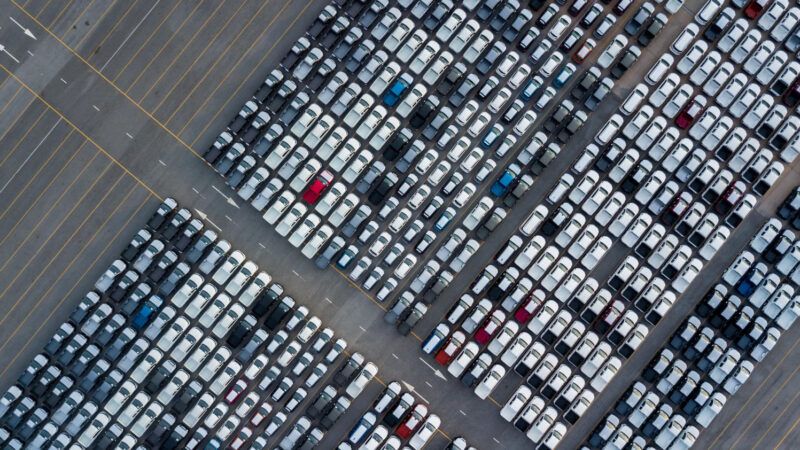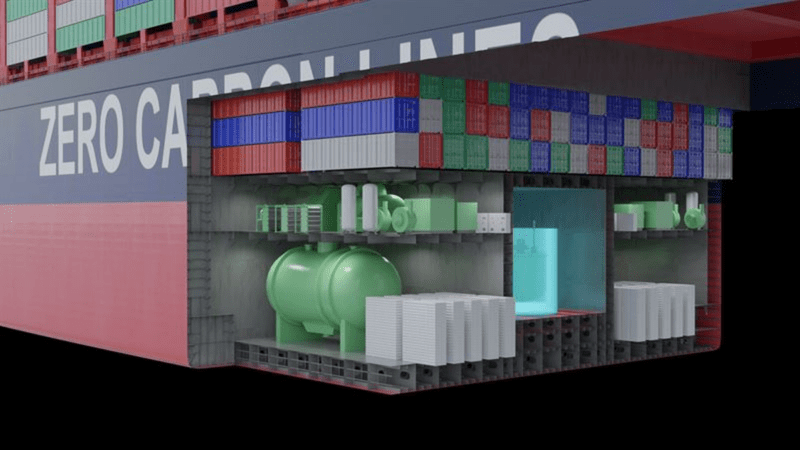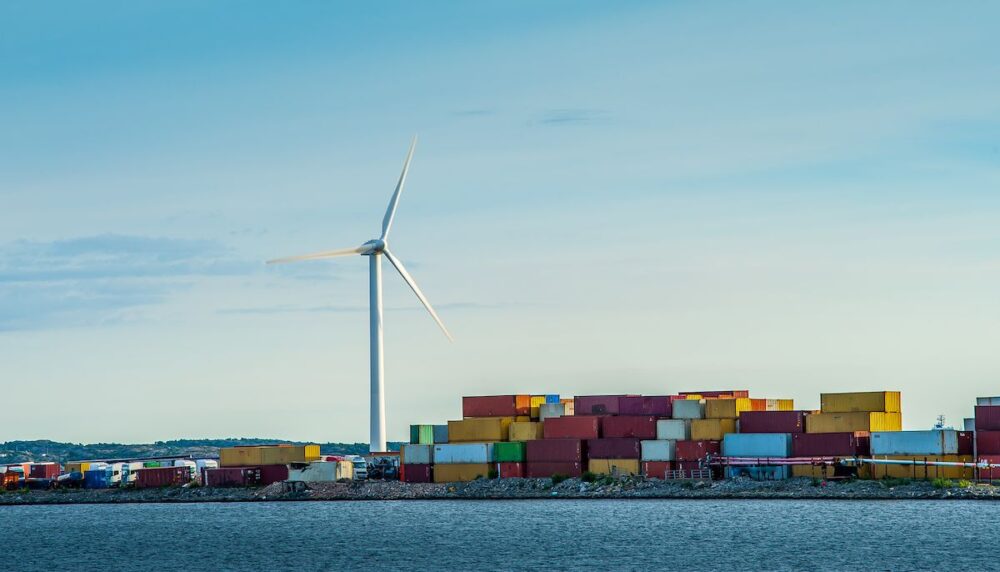 Under the European Green Deal, ports will be expected to achieve a 90% reduction in transport emissions by 2050. (Gettyimages)
Under the European Green Deal, ports will be expected to achieve a 90% reduction in transport emissions by 2050. (Gettyimages)
The European Green Deal: a call to action for ports
Currently, transport accounts for a quarter of the EU’s greenhouse gas emissions. However, under the European Green Deal, ports will be expected to achieve a 90% reduction in transport emissions by 2050. To help ports reach these goals, the European Union has established a series of measures which are explained below.
 Under the European Green Deal, ports will be expected to achieve a 90% reduction in transport emissions by 2050. (Gettyimages)
Under the European Green Deal, ports will be expected to achieve a 90% reduction in transport emissions by 2050. (Gettyimages)
In an effort to be the world’s first net zero emissions area by 2050, the European Union has established their plan for transforming the practices of various high-contributing sectors. While the European Green Deal aims to decrease emissions by 50% compared with 1990 levels by 2030, it also hopes to encourage competitiveness in Europe’s economy at the same time.
All of this work is expected to put sustainability and the well-being of citizens at the center of the EU’s policy making and action.
“It is a new growth strategy that aims to transform the EU into a fair and prosperous society, with a modern, resource-efficient and competitive economy where there are no net emissions of greenhouse gases in 2050 and where economic growth is decoupled from resource use.”
The European Commission, December 2019
One major area that’s garnering attention is the maritime sector, which, according to the deal, “should become drastically less polluting” in order to adhere to their current guidelines for achieving sustainable development goals.
Focusing on the marine industry, this post explains the initiatives being taken to ensure that ports within the EU follow their sustainability commitment set forth in the European Green Deal over the next two-year period and beyond.
The road to ‘Greener’ Ports
As the point of passage for people, goods, and various transport modes, ports play a major role in the success of the European Green Deal. With waterborne transport accounting for approximately 90% of global trade and 2.5% of global GHG emissions, the spotlight is on port authorities to contribute to creating a sustainable mobility that will support the economic prosperity of the region.
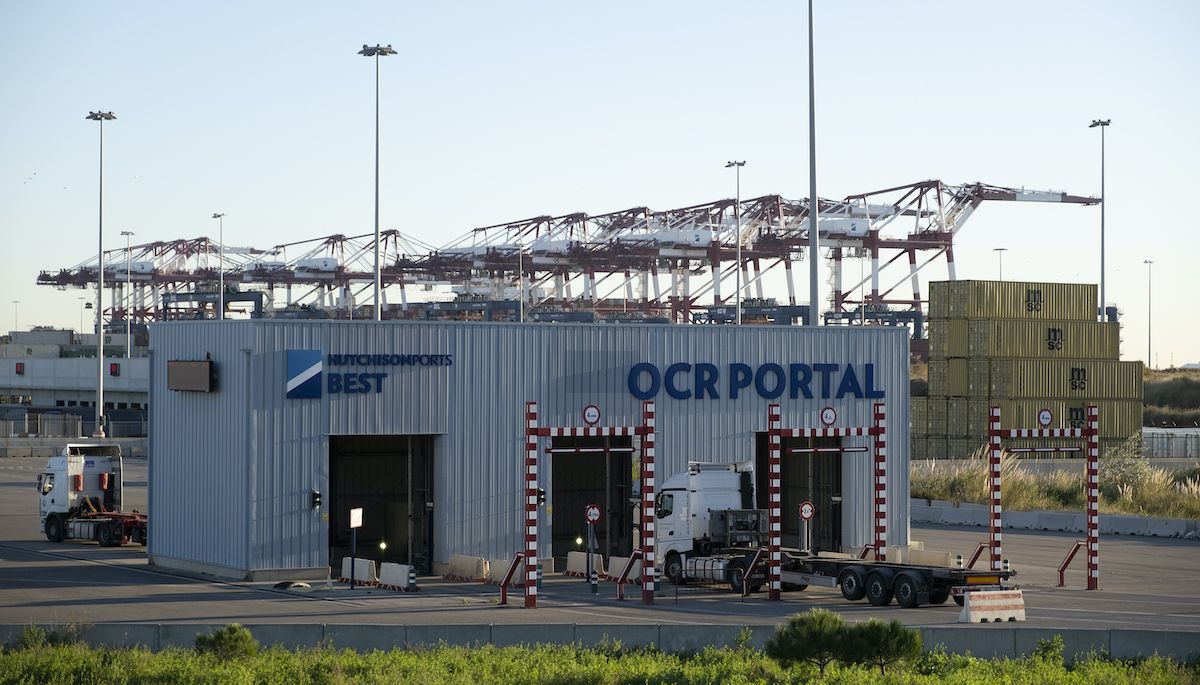
The Commision has scheduled a set of measures for a more sustainable and smart mobility for the next two years (2020-2021). For that reason, under the European Green Deal, ports will have to follow environmentally responsible codes that will include measures such as:
- A new strategy focused towards sustainable and smart mobility.
- A funding call to support the deployment of public recharging and refuelling points as part of alternative fuel infrastructure.
- The assessment of legislative options to boost the production and supply of sustainable alternative fuels for different transport modes.
- A revised proposals for a Directive on Combined Transport.
- A review of the Alternative Fuels Infrastructure Directive and the Trans-European Network within Transport Regulation.
- Initiatives to increase and better manage the capacity of railways and inland waterways.
- A proposal for more stringent air pollutant emissions standards for combustion-engine vehicles.
But creating cleaner ports means more than just making transport more sustainable. Although they’re most well-known as interconnection points within the maritime transportation network, they also exist as multimodal nodes, industrial areas and commercial sites.
Hence, all stakeholders must be aware of their emissions in order to achieve change from the sector as a whole. This means a focus must be cast towards industries such as oil refineries, chemical clusters, regasification plants, cement, iron and steel industry, leisure activities such as cruises and yachting, and even the port-city relationship.
According to position paper of the European Sea Ports Organization, “this requires support for large investments in the provision of clean energy, connectivity of energy infrastructure networks and green grids (both pipelines and cables), as well as support for innovative technological projects in and between ports; in addition, ports can also attract new investments in clean energy and technology and, at the same time, it is important to guarantee the security of energy supply for these industry hubs throughout the energy transition; ports can also become important producers and providers of clean energy solutions for the economy and are an ideal location to develop circular economy projects, both the presence of industry and the proximity to large urban agglomerations make them ideal places to turn waste into products”.
But all of these actions, of course, require funding. Luckily, large scale programs like Horizon 2020 have been put into place to support projects of this nature.
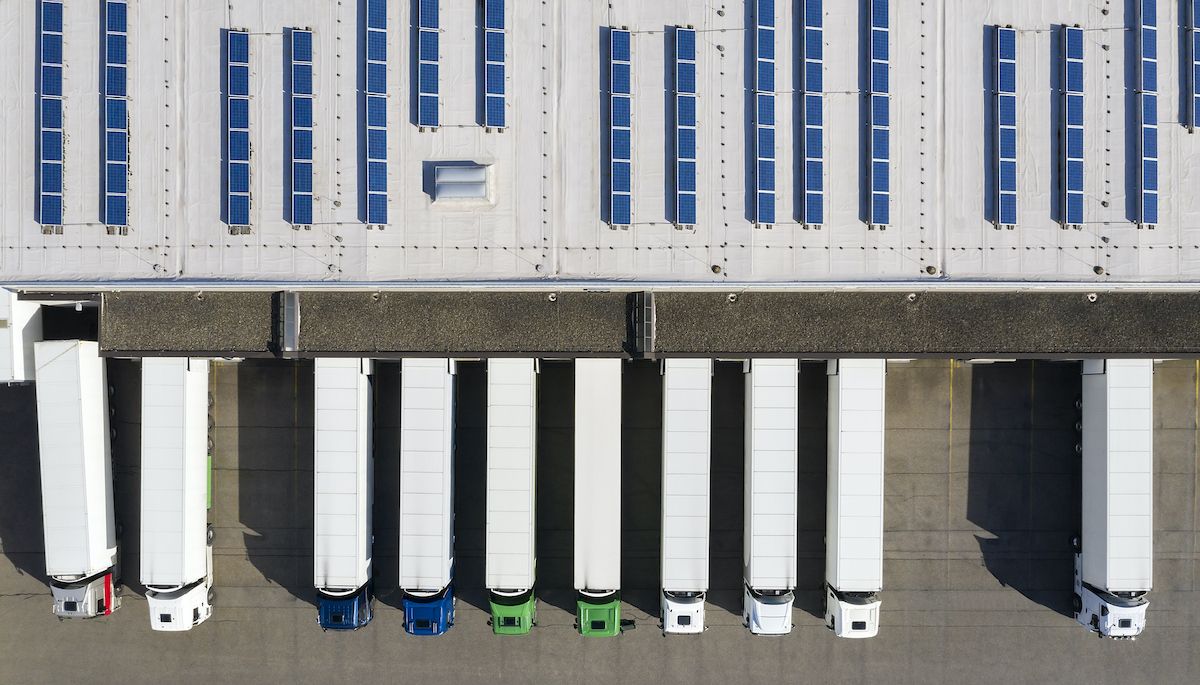
The new Horizon 2020 Green Deal call for projects
In an effort to create eco ports as hubs for sustainable mobility, Horizon 2020 funding program was put into place to give momentum to projects set forth by the Innovation Union. As a powerful financial instrument that will help to secure Europe’s global competitiveness, its main aim is to foster the implementation of the deal.
Under this version of the program, there’s a call for projects that’s still in the development process, although drafts are currently available to the public. The rest of this article explores the topic “Green airports and hubs for sustainable and smart mobility,” which is just one of the 20 topics included within the scheme.
All participating ports should belong to different EU Member States or countries associated to Horizon 2020. A “lighthouse” port will showcase these new best practices, closely followed by “fellow” facilities which will implement these novel solutions. To broaden the spectrum, each consortium should include academic and other partners.
These projects are encouraged to last between 48 to 60 months, and the budget distribution should allocate approximately 85% of the budget to lighthouse ports with at least 15% going to fellow ports.
Eligible costs will be allocated to help implement innovative elements needed to: foster innovative overall energy systems integration; demonstrate effective integration of transport modes within and around the airport or port; foster wider use of electrification and sustainable alternative fuels at airports or ports.
Commercial technologies to purchase, construct, retrofit and maintain buildings, electric vehicles and charging stations, and ICT platforms are excluded from the eligible costs.
As ports represent ideal platforms to test new technologies that can later be scaled throughout the logistics chain, Horizon 2020 has presented these spaces as the stomping grounds for proposals such as:
- The production and supply of low-emission energy in port facilities.
- Facilitating modal exchange and door-to-door transport of goods.
- Testing digital solutions and intelligent systems. For example: the automation of vehicles or cranes, the optimization of movements and dynamic management of traffic, maritime and land, or the optimization of stopover processes.
- Provide new tools for the optimization of traffic within ports.
- Develop regulatory and market conditions to implement these sustainable solutions.
- Set up new models of collaboration between port agents to facilitate the production and use of sustainable energy.
- The development of master plans for these cleaner ports.
With these measures in place, the expected impact of the Horizon 2020 bidding is to achieve zero-emission port operations by 2030. This includes a reduction of waterborne and other transport emissions, which in turn will improve air quality, biodiversity, circular economics, and reduce noise pollution
The European Green Deal aims to decrease emissions by 50% compared with 1990 levels by 2030, it also hopes to encourage competitiveness in Europe’s economy at the same time
Other expected results involve accelerating the deployment of sustainable alternative fuels and electromobility in transport, energy storage, and waste heat recovery in ports and promoting on-site clean energy and fuel production and distribution (particularly clean hydrogen and electricity), alongside alternatives for fuel supply including re-fuelling and re-charging capabilities.
Additionally, it will help improve energy-efficient and smart port operations, eco and smart logistics, and low-emission intermodal integration and reduce the emissions impact for cities while enhancing their collaboration with ports.
All of these outcomes will enable ports and cities to commit and contribute to an on-slaught of Europe-wide innovative solutions, including the development of their follow-up actions.
While the call for proposals has yet to open and the allocated budget for Green airports and ports as sustainable and smart mobility hubs is still to be determined, ports are setting themselves up to become powerful consortiums in order to qualify for these European grants.




